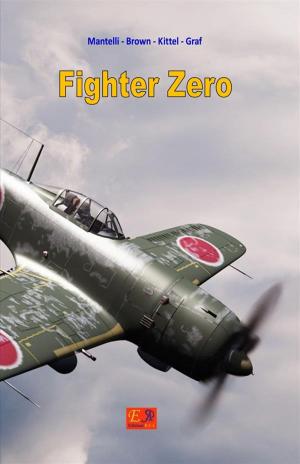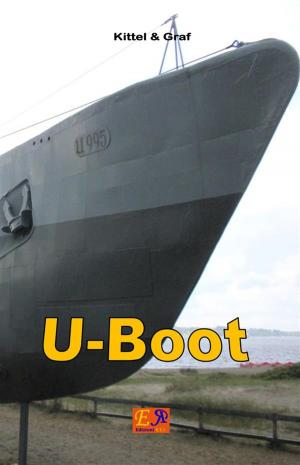| Author: | Kittel & Graf | ISBN: | 9782372971768 |
| Publisher: | Edizioni R.E.I. | Publication: | March 10, 2015 |
| Imprint: | Language: | English |
| Author: | Kittel & Graf |
| ISBN: | 9782372971768 |
| Publisher: | Edizioni R.E.I. |
| Publication: | March 10, 2015 |
| Imprint: | |
| Language: | English |
U-Boot is the German term to refer broadly to submarines, and is short for Unterseeboot, literally "submarine boat".
The objectives of the U-boat campaigns in both wars were the convoys carrying supplies from the US to Europe. The term U-Boot, followed by a number, such as U-Boot 47 indicates a specific vessel, while U-Boot Type II a particular class, the only U-boats that can be considered true submarines, and submarines, are those that belong to the Type XXI and Type XXIII.
During the Second World War, the attacks of the U-boats were the main component of the Battle of the North Eastern, which lasted until the end of the war. During the early stages of the war and immediately after the entry of the United States, the U-boats were extremely effective in the destruction of merchant allies. Improvements in tactical convoys, sonar, the depth charges, the deciphering of the Enigma code used by the Germans and the range of escort aircraft served to turn the fate against the U-boats. At the end of the U-boat fleet suffered extremely heavy losses, losing 789 units (three British submarines captured) of 1157 (of which 25 Allied captured) and about 30,000 sailors on a total of 50.000. The German U-boats and Japanese submarines and Italian sank around 2,828 Allied ships, for a total of about 15 million tons. Between 1939 and 1942 the U-boats also bombed the oil fields of Florida and Americans of many coastal areas causing extensive damage; when the British found a way to decipher Enigma allies were able to predict the movements, yet the Germans did not interrupt the use of U-boats in the Atlantic. During World War II, the Kriegsmarine (German Navy) produced different types of U-boats, as the technology improved.
In this volume are indicated in detail the characteristics of all the classes of U-Boot, from Type I to Type XXIII, in addition to the history of the U-boats that made the protagonists during the Second World War.
U-Boot is the German term to refer broadly to submarines, and is short for Unterseeboot, literally "submarine boat".
The objectives of the U-boat campaigns in both wars were the convoys carrying supplies from the US to Europe. The term U-Boot, followed by a number, such as U-Boot 47 indicates a specific vessel, while U-Boot Type II a particular class, the only U-boats that can be considered true submarines, and submarines, are those that belong to the Type XXI and Type XXIII.
During the Second World War, the attacks of the U-boats were the main component of the Battle of the North Eastern, which lasted until the end of the war. During the early stages of the war and immediately after the entry of the United States, the U-boats were extremely effective in the destruction of merchant allies. Improvements in tactical convoys, sonar, the depth charges, the deciphering of the Enigma code used by the Germans and the range of escort aircraft served to turn the fate against the U-boats. At the end of the U-boat fleet suffered extremely heavy losses, losing 789 units (three British submarines captured) of 1157 (of which 25 Allied captured) and about 30,000 sailors on a total of 50.000. The German U-boats and Japanese submarines and Italian sank around 2,828 Allied ships, for a total of about 15 million tons. Between 1939 and 1942 the U-boats also bombed the oil fields of Florida and Americans of many coastal areas causing extensive damage; when the British found a way to decipher Enigma allies were able to predict the movements, yet the Germans did not interrupt the use of U-boats in the Atlantic. During World War II, the Kriegsmarine (German Navy) produced different types of U-boats, as the technology improved.
In this volume are indicated in detail the characteristics of all the classes of U-Boot, from Type I to Type XXIII, in addition to the history of the U-boats that made the protagonists during the Second World War.















